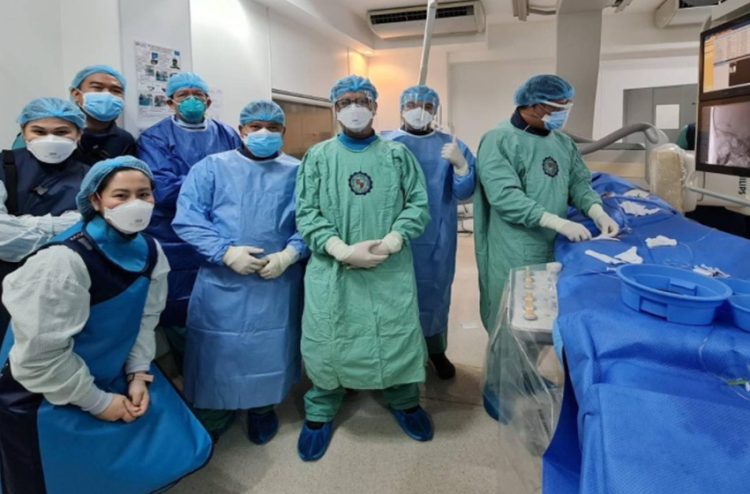The Road to the First IAC in the Philippines
The Road to the First IAC in the Philippines
“The long and winding road that leads to your door will never disappear.” These words from Paul McCartney and John Lennon constantly played in my mind while I was preparing for the first Intra-Arterial Chemotherapy (IAC) in the country. The journey to that day wasn’t straight at all and there were bumps, which you will read later, along the way.
Intra-Arterial Chemotherapy is a game changing treatment in retinoblastoma (RB). A microcatheter is inserted in the femoral artery which is guided fluoroscopically to the ophthalmic artery and once there the chemotherapeutic agents are then infused. I first read about this when I was a resident (not too long ago). I thought it was cool for an ophthalmologist to be in the Cath Lab and perform this procedure. It was 2018, when I was in Philadelphia during my Ocular Oncology Fellowship, that I saw this being done. What stuck with me the most during my year there was that we didn’t have a single mortality from retinoblastoma. Imagine that, NOT A SINGLE CHILD DIED, in contrast to developing countries wherein mortality is around 50%. The Philippines almost has all treatment modalities for RB, but this one we didn’t have, so I made it my goal to bring this treatment back with me.
Fast forward to 2020 (and here come the bumps), I saw a patient who was a good candidate for IAC. It was around March, and we were already preparing to do the first IAC and then COVID (bump) came knocking on the door. Preparations were delayed and the patient ended up getting another form of treatment. During the middle of the pandemic, the cases of retinoblastoma that I saw were not good candidates for IAC, they were mostly orbital RB (bump) which required a different approach. At times I saw retinoblastoma cases that IAC can be performed on but due to the expenses required for this procedure not everybody could get it (bump).
Eventually, the right patient at the right time came. I assembled a team for the first IAC in the country. A Pediatric Interventional Radiologist, a Pediatric Anesthesiologist and a Pediatric Oncologist, all of whom played a critical part in the success of the procedure. The team was ready and the only thing we needed was the drug to be infused; however, this wasn’t available in the facility (bump). I asked around and by luck, a pediatric hematologist gave us her vial. We were ready, excited, and prepared! Last February 16, 2022, we scheduled to do the first IAC in the country. It was a challenging procedure, the ophthalmic artery wasn’t at its usual location (bump…again) but due to the expertise of the Pediatric Interventionalist, it was eventually located, and the procedure was successfully completed. The patient went home the next day and was moving around like nothing happened. I have been hoping for a good response to the treatment and I will find out soon.
It was indeed a long and winding road but true enough, the door never disappeared. There was a great sense of achievement being able to do this but the lingering feeling I had that day was of happiness. Happy that the patient received this treatment, happy that we have the capability to do IAC in the Philippines, and happy that we can offer this life saving treatment to Filipino children with retinoblastoma.
“This will open a whole new avenue for your patient population and will save so many children.” – Carol Shields

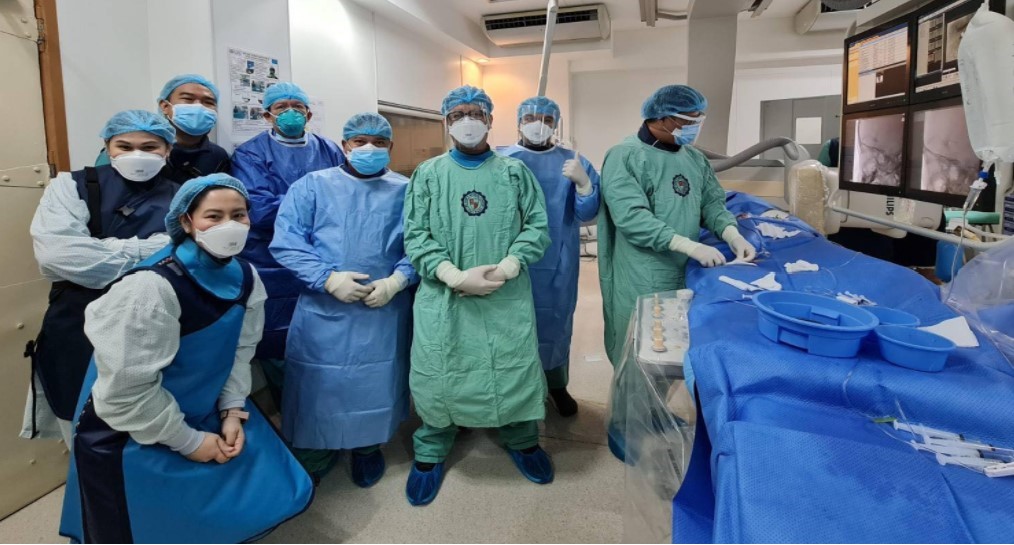
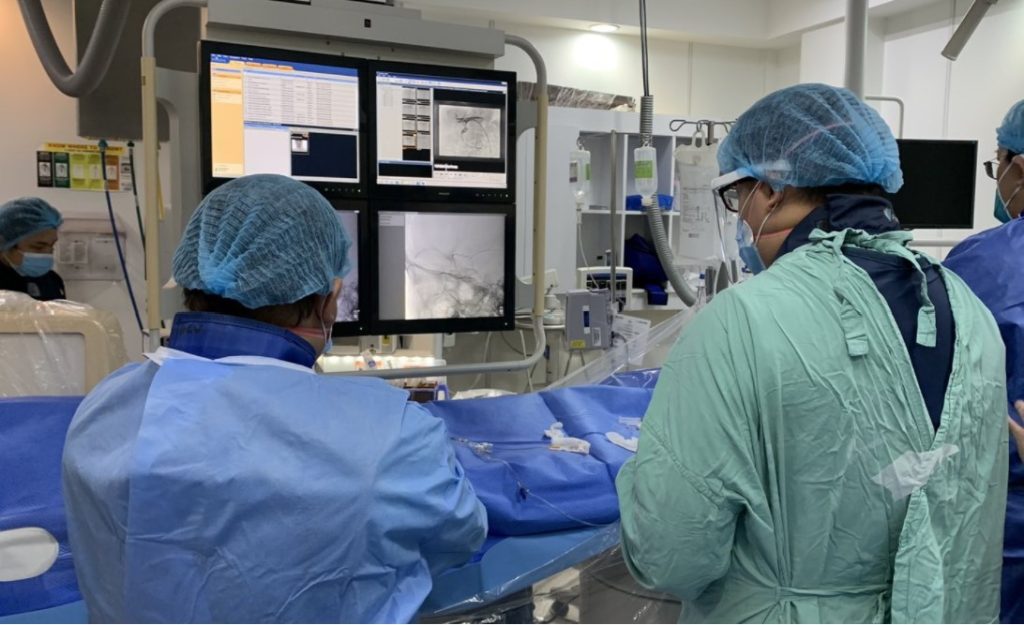
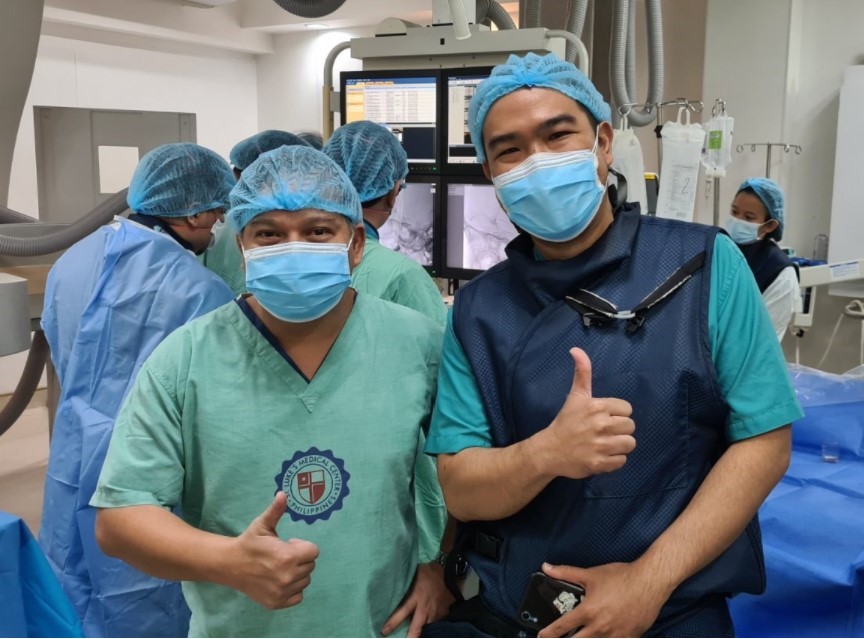
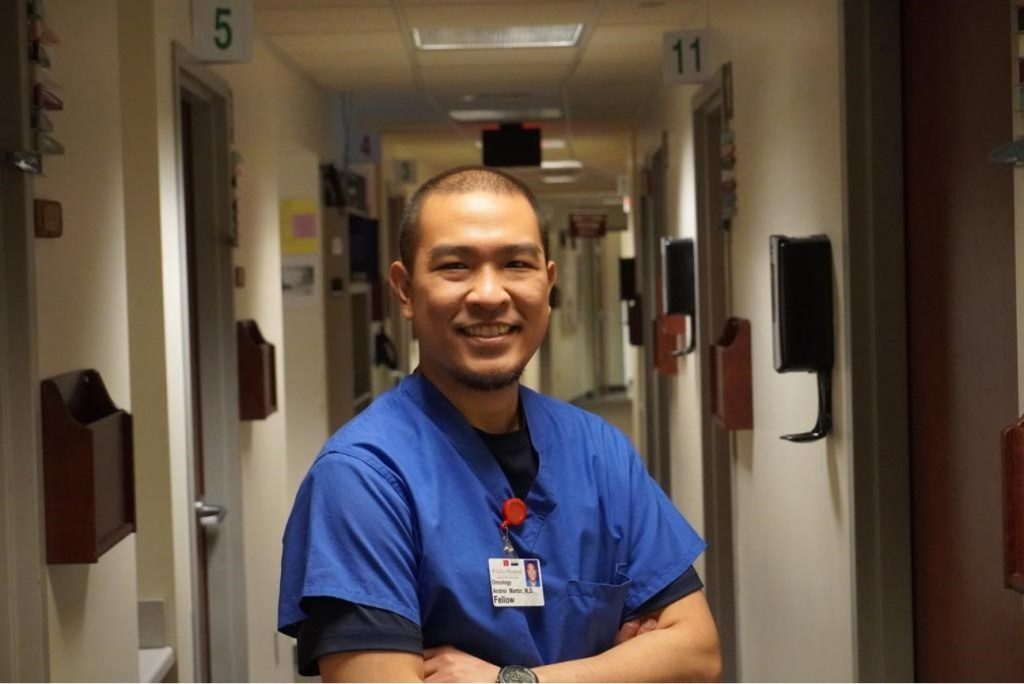
Andrei P. Martin MD, DPBO is the Section Chief of Ocular Oncology at the St. Luke’s Eye Institute of St. Luke’s Medical Center. He is a father of two wonderful girls and husband to an amazing wife. He has been playing video games since Atari and has a collection of over 30 tabletop board games.

